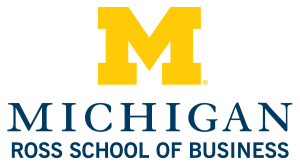In 2016, Blue Apron was the leading meal kit delivery business in the United States. The initial registration form it filed in advance of its initial public offering (IPO) showed a successful business in a rapidly growing industry. Meal kit sales had grown to $5 billion in 2017 and were expected to grow at a 20% annual rate in the years to come and Blue Apron held a commanding 53% market share. But Blue Apron’s customer metrics indicated long-term trouble. Focused on sales growth, the company was acquiring more customers but at a higher cost. Additionally, the new customers generated less revenue on average than customers acquired earlier in Blue Apron’s history.
This case focuses on measuring customer lifetime value (CLV) and using it to make customer management decisions. Students will follow new Blue Apron CEO Brad Dickerson as he tries to determine how to manage customer relationships to improve profitability. The case also presents customer retention curves and a segment-based approach to calculating customer value. Students can obtain the curves by using the estimates and financial data provided in the spreadsheets accompanying the case.

